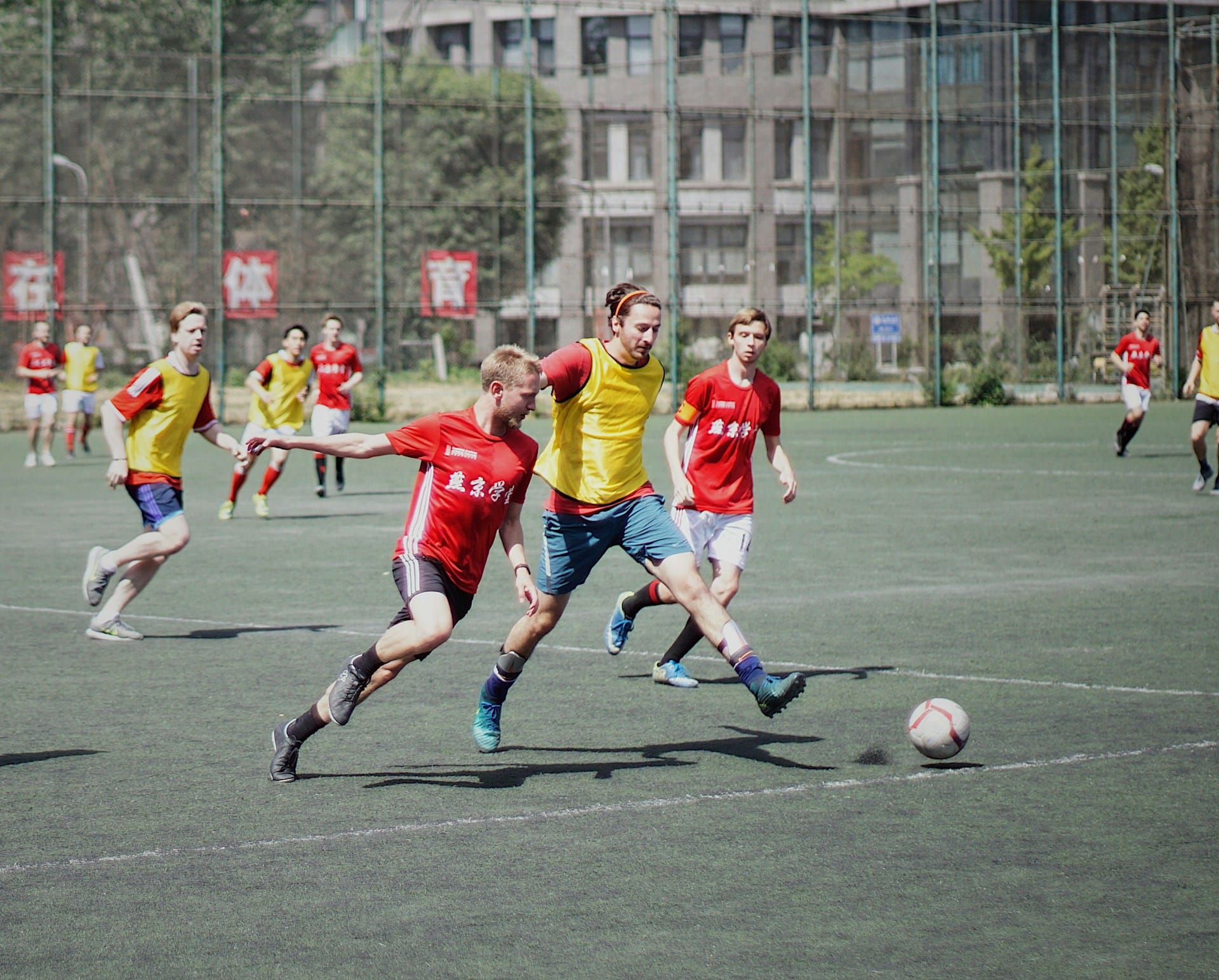How Can 4D Motion Capture Improve Technique in Competitive Divers?

With technology rapidly evolving, many sports sectors are turning to advanced techniques to improve performance and skill level. One such innovative tool making strides in the athletic world is 4D motion capture. In the realm of competitive diving, many coaches and athletes are realizing the potential impact of this technology. Here’s how 4D motion capture is revolutionizing the way competitive divers train and perform.
Understanding the Concept of 4D Motion Capture
Before diving into how 4D motion capture can enhance performance, it’s crucial to comprehend what this system entails.
A lire en complément : What Is the Optimal Recovery Protocol for Achilles Tendon Injuries in Basketball Players?
4D motion capture involves recording an object or individual’s movement in a three-dimensional environment over time. It is a sophisticated technology that provides an extremely accurate portrayal of motion, enabling users to analyze movement in great detail. This technology has been largely used in the movie and gaming industry for creating lifelike animations. However, the sports sector has started to see its potential in enhancing performance and reducing the risk of injuries.
The technology leverages the principles of computer vision, machine learning, and NLP (Natural Language Processing) for recognizing patterns and interpreting data. It uses multiple cameras to capture the movement from different angles and creates a 3D or 4D model. The fourth dimension in 4D modeling refers to time, adding a dynamic element to the analysis.
Cela peut vous intéresser : How Can Time-Trial Cyclists Benefit from Altitude Acclimatization Training?
The Role of 4D Motion Capture in Performance Assessment
How does 4D motion capture play into performance assessment, particularly for competitive divers?
Real-time data provided by 4D motion capture gives in-depth insight into the body’s movement and condition during a dive. It captures every detail from the time of jump-off to the moment the diver hits the water. This degree of detail aids in critiquing and refining technique, a key factor in the competitive world of diving.
For instance, the 4D motion capture system can analyze how a diver’s body position changes during different phases of the dive. Coaches can examine if the diver maintains an optimal body posture throughout the dive. It also assesses the time taken for each phase of the dive. Any inconsistencies or deviations can be corrected to improve performance and score higher points.
Unleashing the Potential of Video Analysis in Diving
Video analysis, often in conjunction with 4D motion capture, can be a game-changer in honing diving skills.
A 4D motion capture system can generate a 3D video model of the dive, providing a comprehensive view of the event. It offers a new dimension to video analysis, allowing for frame-by-frame analysis of the dive. This isn’t merely about capturing images; it’s about capturing motion, the essence of every sport.
With video analysis, the coach and the diver can scrutinize the dive from multiple angles. They can examine each stage of the dive – from approach, hurdle, take-off, flight, and entry. The system can also provide data on the speed of movement, an important factor in perfecting the dive.
Enhancing Barbell Training with 4D Motion Capture
Strength training, particularly barbell training, is a vital component of a diver’s conditioning regimen. Here too, 4D motion capture can play a vital role.
While traditional video analysis can provide some insight into the diver’s form during barbell exercises, a 4D motion capture system can offer an even more detailed evaluation. It can assess the diver’s form and technique, highlighting any potential issues that could lead to injury or compromise performance.
The system can also provide real-time feedback, enabling the diver to correct their form on the spot. This instant correction can lead to better training outcomes and reduce the risk of injuries. 4D motion capture can, therefore, help divers get the most out of their strength training sessions.
Revolutionizing Skills Recognition in Diving Training
In a sport as complex and skill-intensive as diving, recognizing and honing individual skills is crucial. 4D motion capture can play a transformative role in this aspect.
The technology can help identify specific areas where a diver is strong and areas where improvement is needed. 4D motion capture technology can also help divers understand how their movements translate into performance outcomes. For instance, it can illustrate how a slight shift in body alignment during a twist can affect the flight and entry phases of the dive.
In essence, 4D motion capture is not merely about analyzing a single dive. It’s about building a comprehensive understanding of the diver’s skills and abilities, helping them perfect their dives over time.
In sum, while the application of 4D motion capture is still relatively new in the sports industry, its potential is vast and extremely promising. For competitive divers, the technology can revolutionize the way they train and perform, leading to significant improvements in performance and technique.
Application of 4D Motion Capture in Skill Acquisition
The process of skill acquisition in competitive diving is an intricate one, characterized by the mastering of complex motor skills and coordination patterns. Traditional coaching methods, while effective, may lack the precision needed to capture every nuance of a diver’s performance. Enter the 4D motion capture system, a game-changing technology that can revolutionize skill acquisition.
By using a 4D motion capture system, coaches can effectively dissect a diver’s technique in real-time and pinpoint areas needing improvement. The system captures intricate details of the diver’s movements, from their body positioning to their speed and trajectory. This detailed motion analysis allows coaches to provide precise feedback and enables divers to fine-tune their technique.
Moreover, 4D motion capture can help divers visualize their performance, an aspect of motor imagery vital in skill acquisition. By analyzing the data generated by the system, divers can gain a better understanding of their movements and how they translate into their performance. This can expedite the learning process and lead to more efficient skill acquisition.
Additionally, the system can adapt to task constraints and individual divers’ NLP conditions. This is particularly significant in diving, a sport where each dive type has unique trajectories and technical demands. By customizing the motion capture to these different scenarios, the system can provide more relevant and accurate feedback.
Furthermore, the 4D motion capture system’s potential has been acknowledged by renowned entities like NASA Astrophysics and Google Scholar. These recognitions enhance the credibility of the system’s data and analysis, making it an indispensable tool in competitive diving.
Conclusion: The Future of Diving with 4D Motion Capture Systems
In conclusion, 4D motion capture system is a revolutionary tool that is transforming the realm of competitive diving. Its meticulous motion analysis and technique assessment capabilities are shaping the way divers train, learn, and perform.
As technology continues to evolve, the 4D motion capture system will undoubtedly become an integral part of competitive diving. The real-time data it provides, coupled with its ability to assess intricate movements and coordination patterns, can lead to significant improvements in performance and technique.
Moreover, the system’s adaptability to various dive types and individual NLP conditions makes it a versatile tool that can cater to diverse training needs. The system also aligns with the trend towards personalized training, enhancing its relevance in the contemporary sports training landscape.
From improving barbell trajectory in strength training sessions to honing the finer aspects of diving technique, 4D motion capture systems are set to redefine the standards of excellence in competitive diving.
While the journey of integrating 4D motion capture into mainstream training is still ongoing, the technology’s potential is undeniable. The future of competitive diving, it seems, will be closely intertwined with the advancements of 4D motion capture systems.
